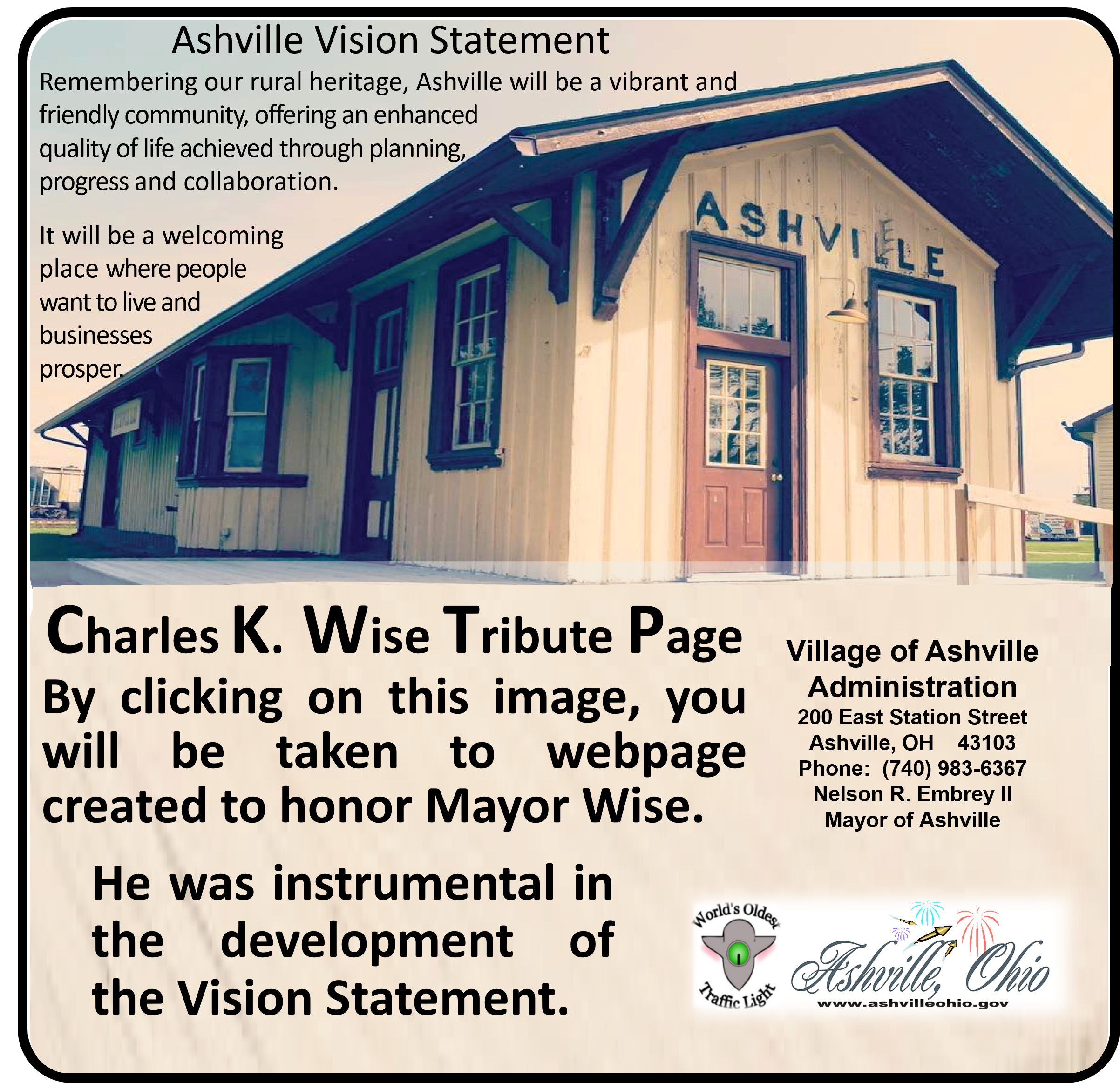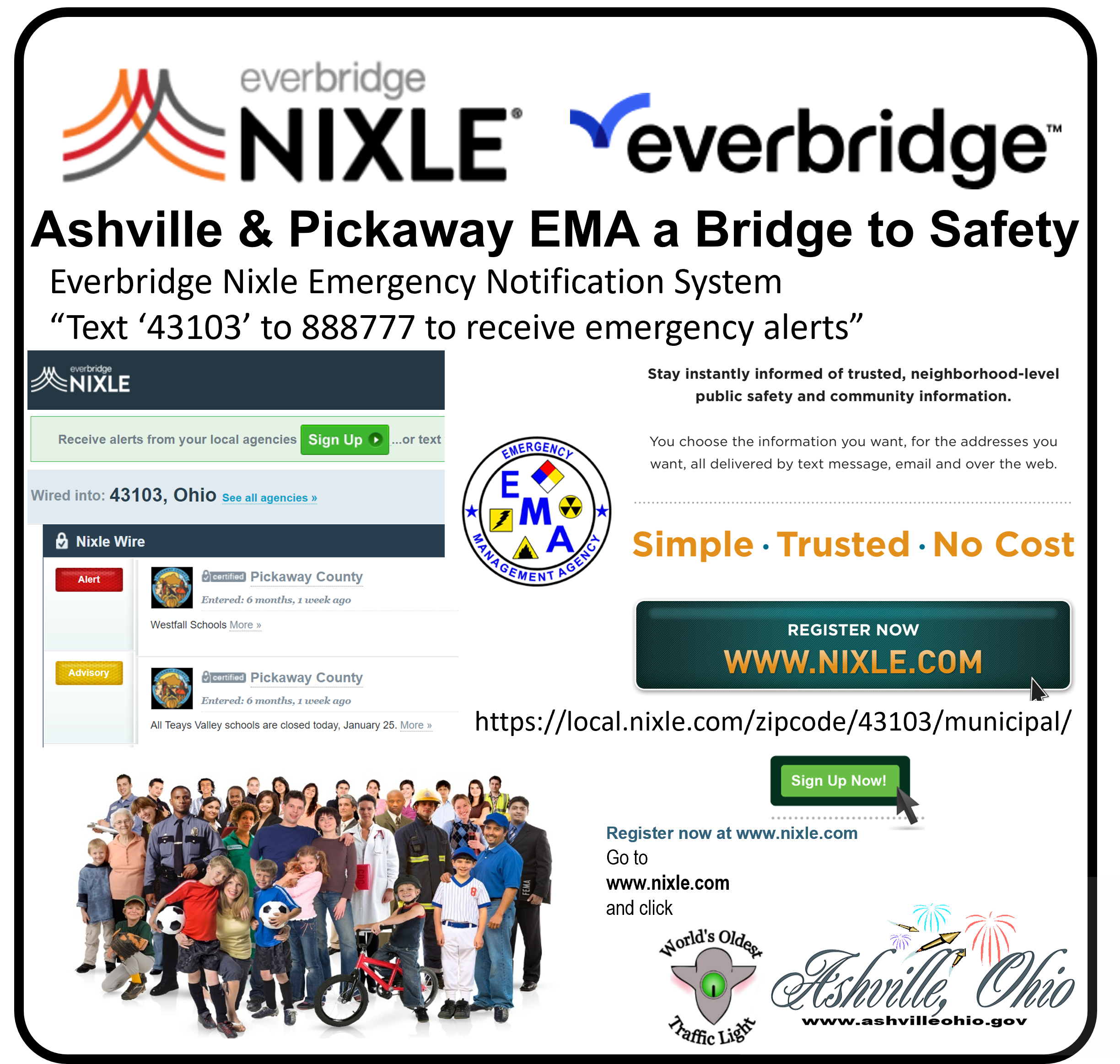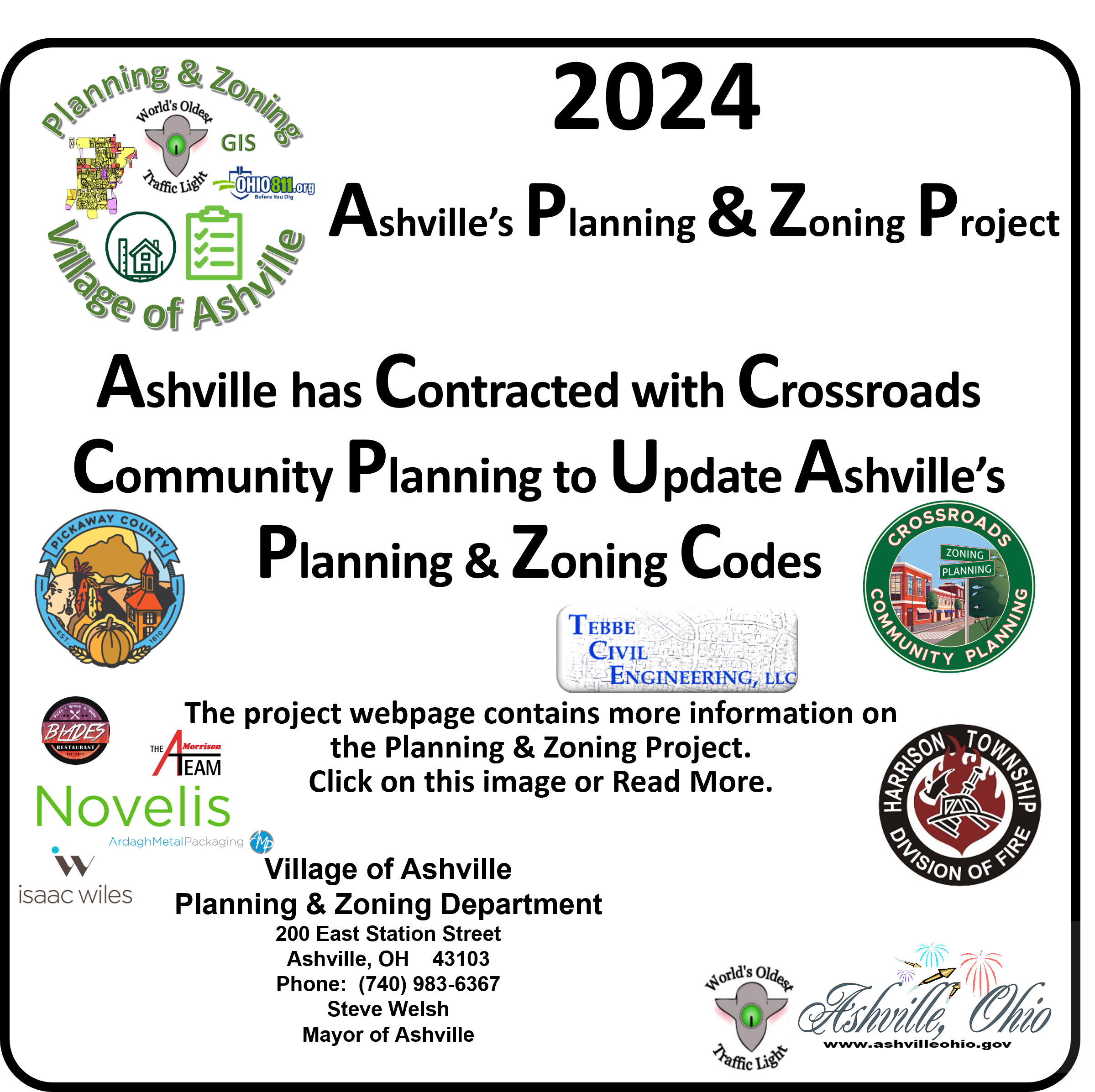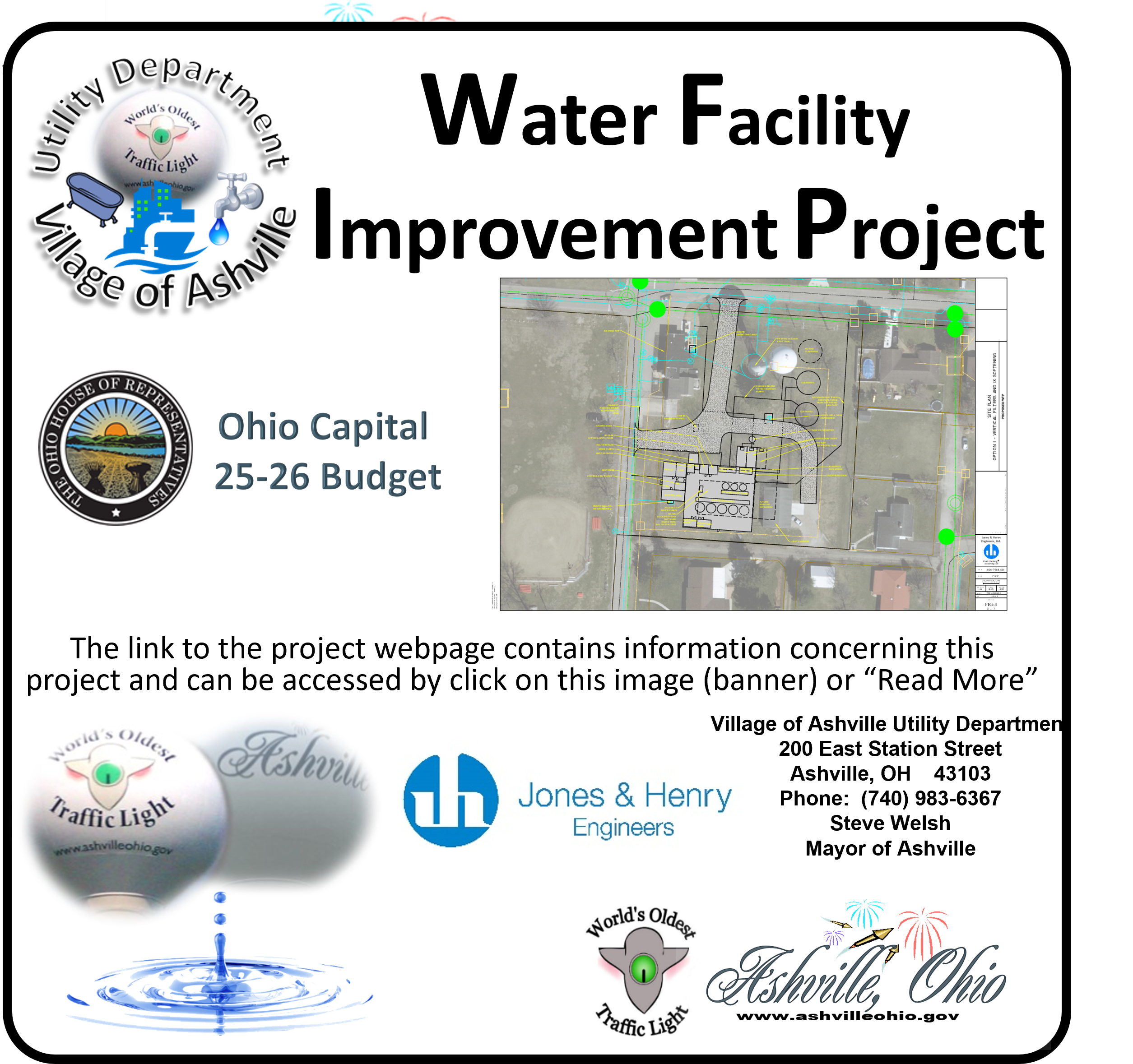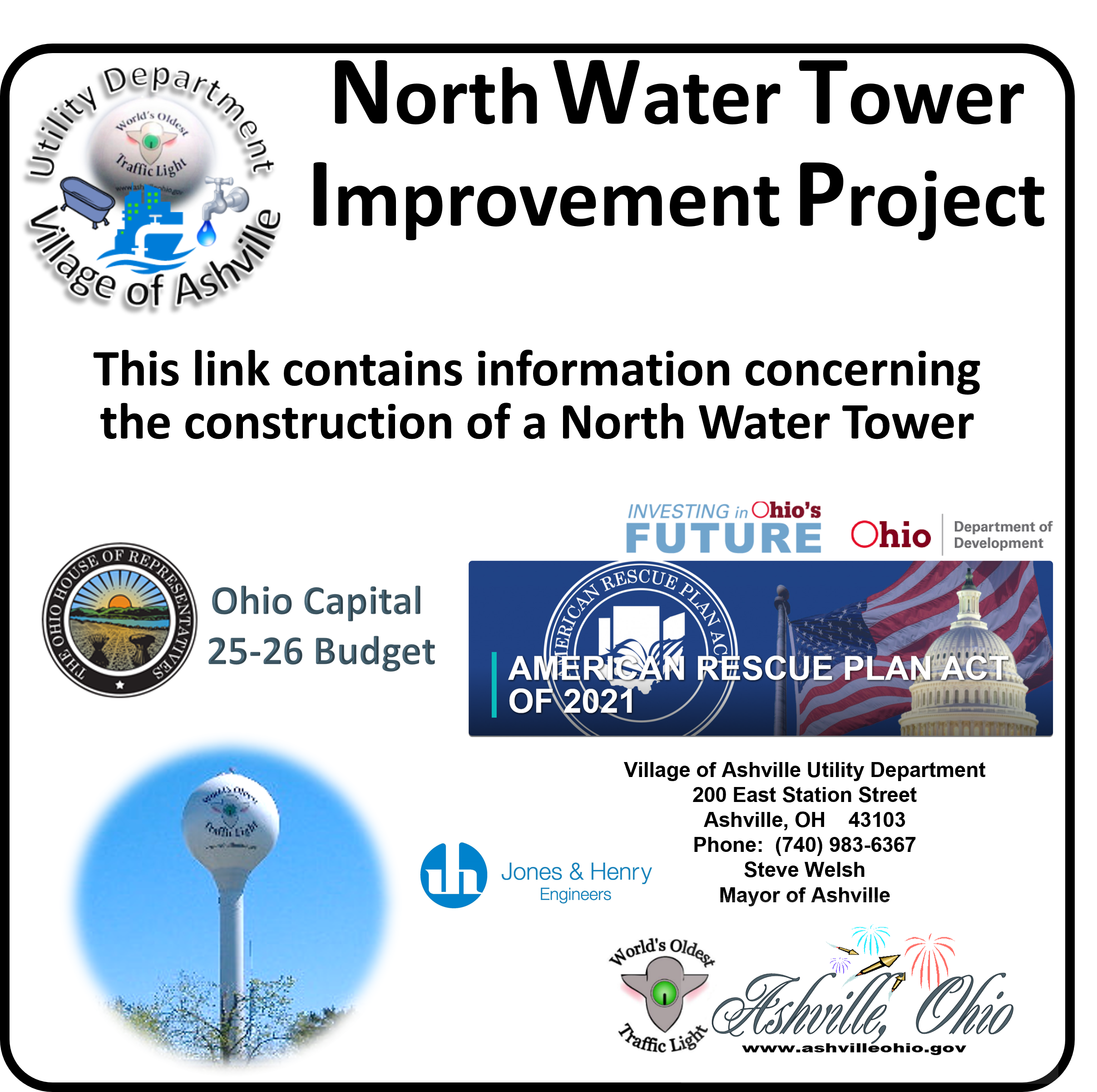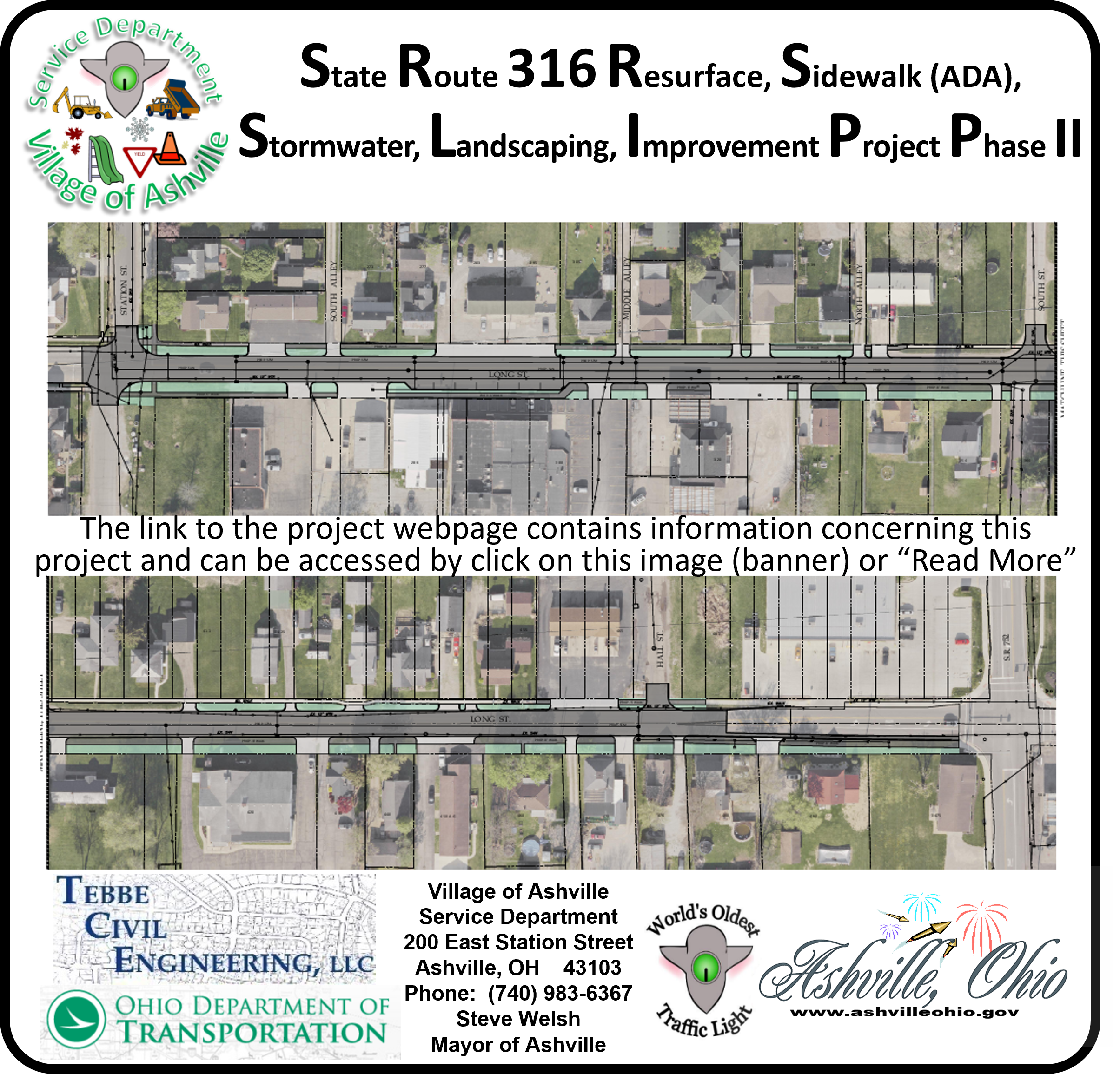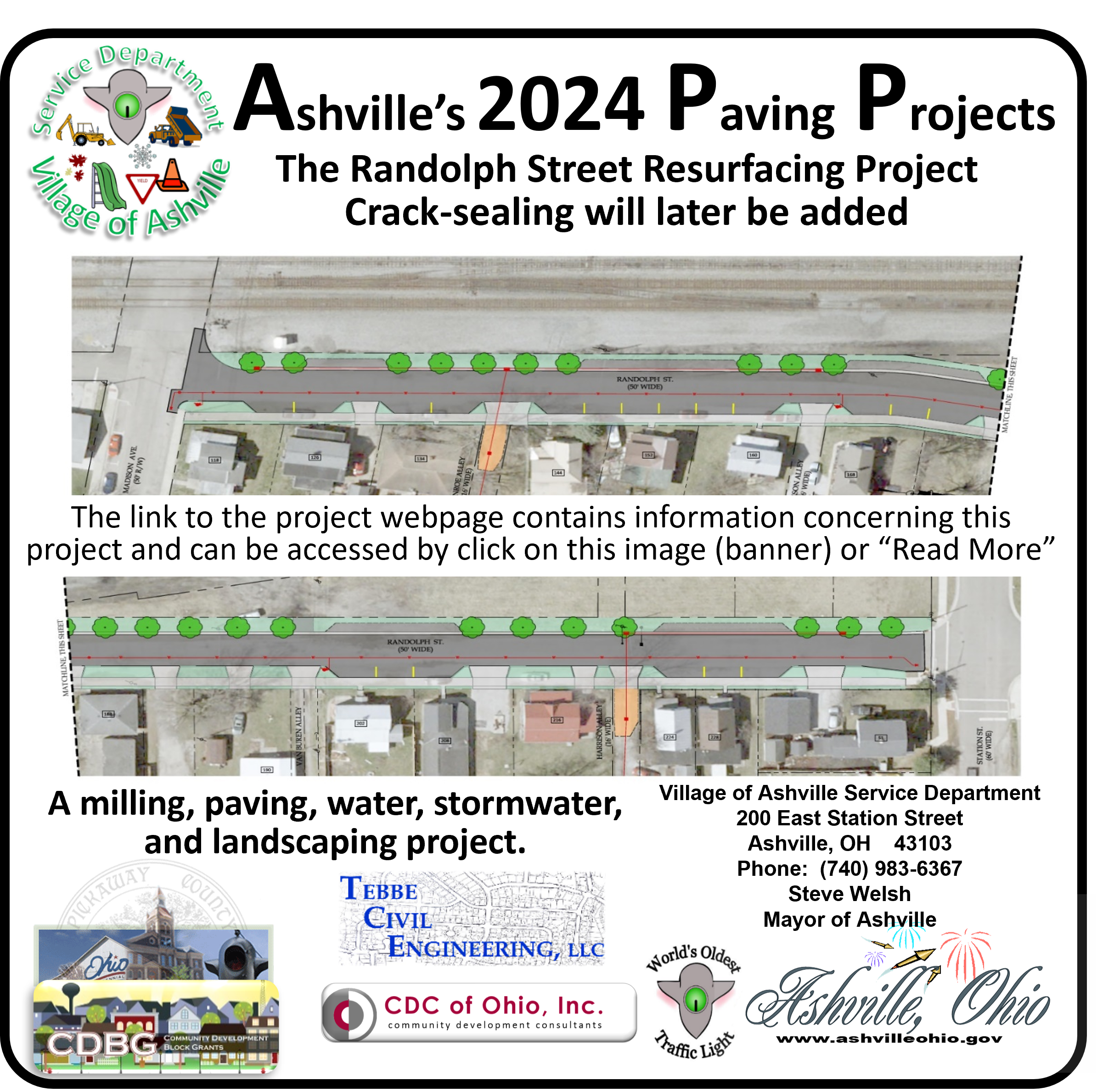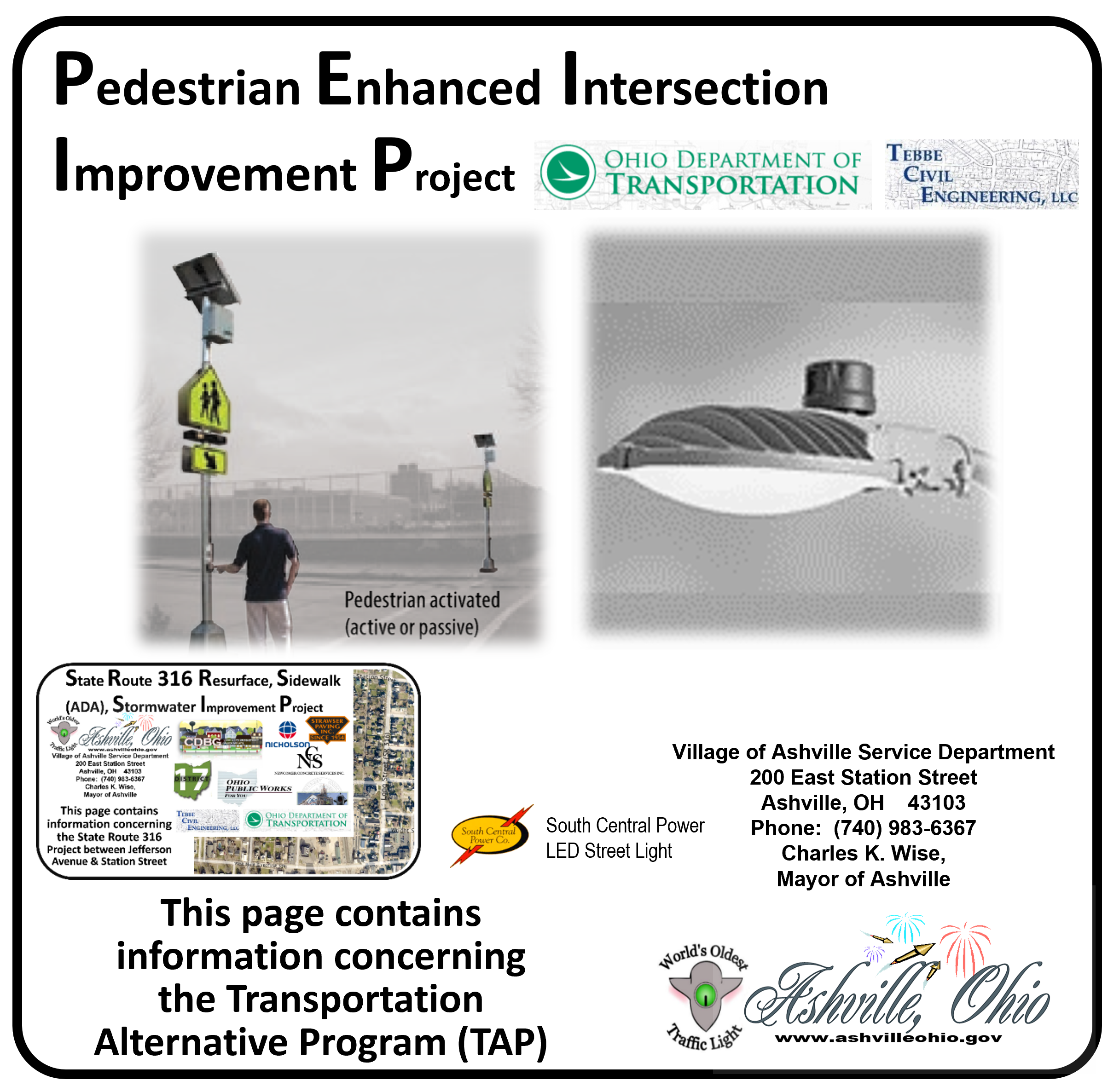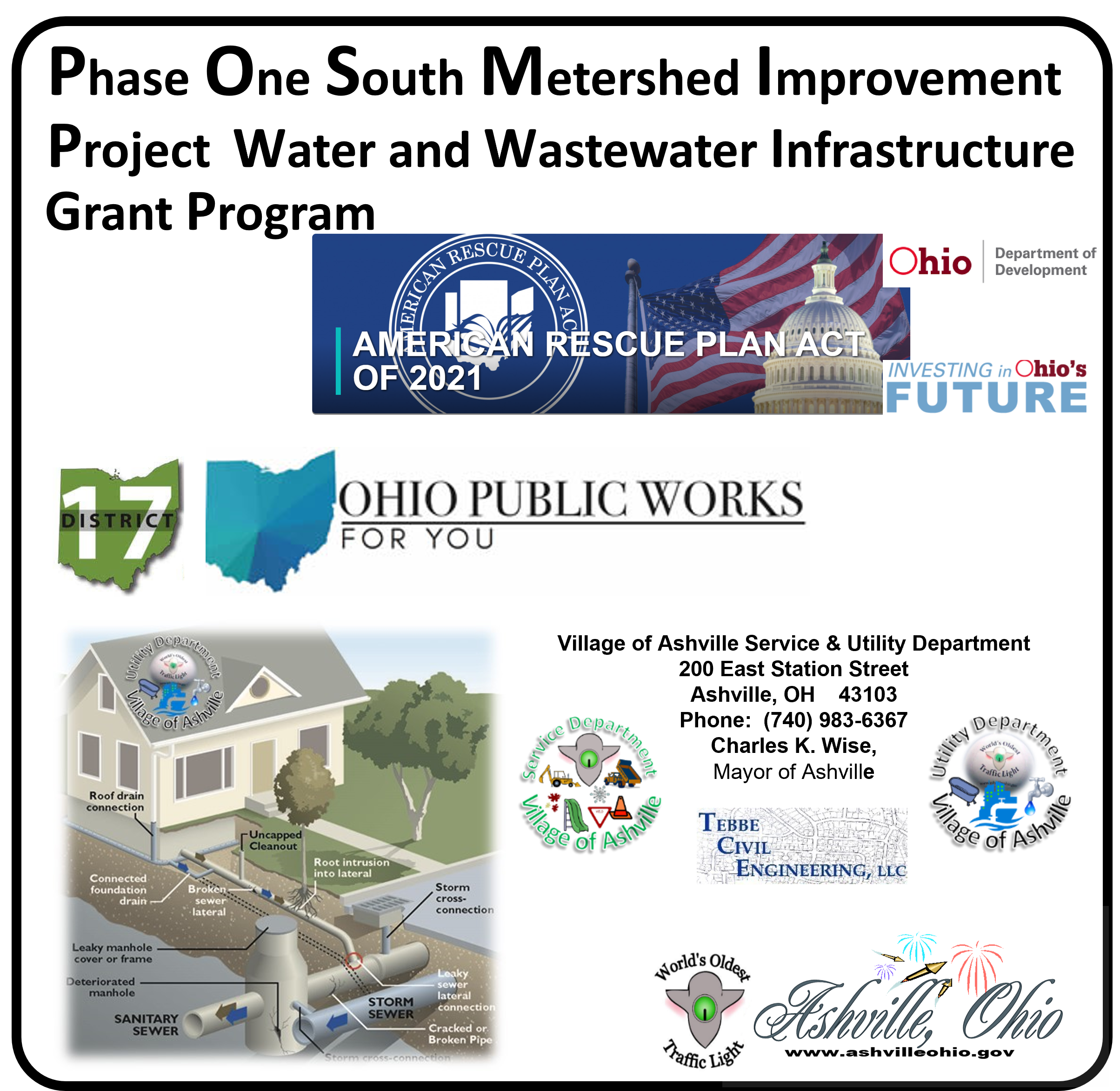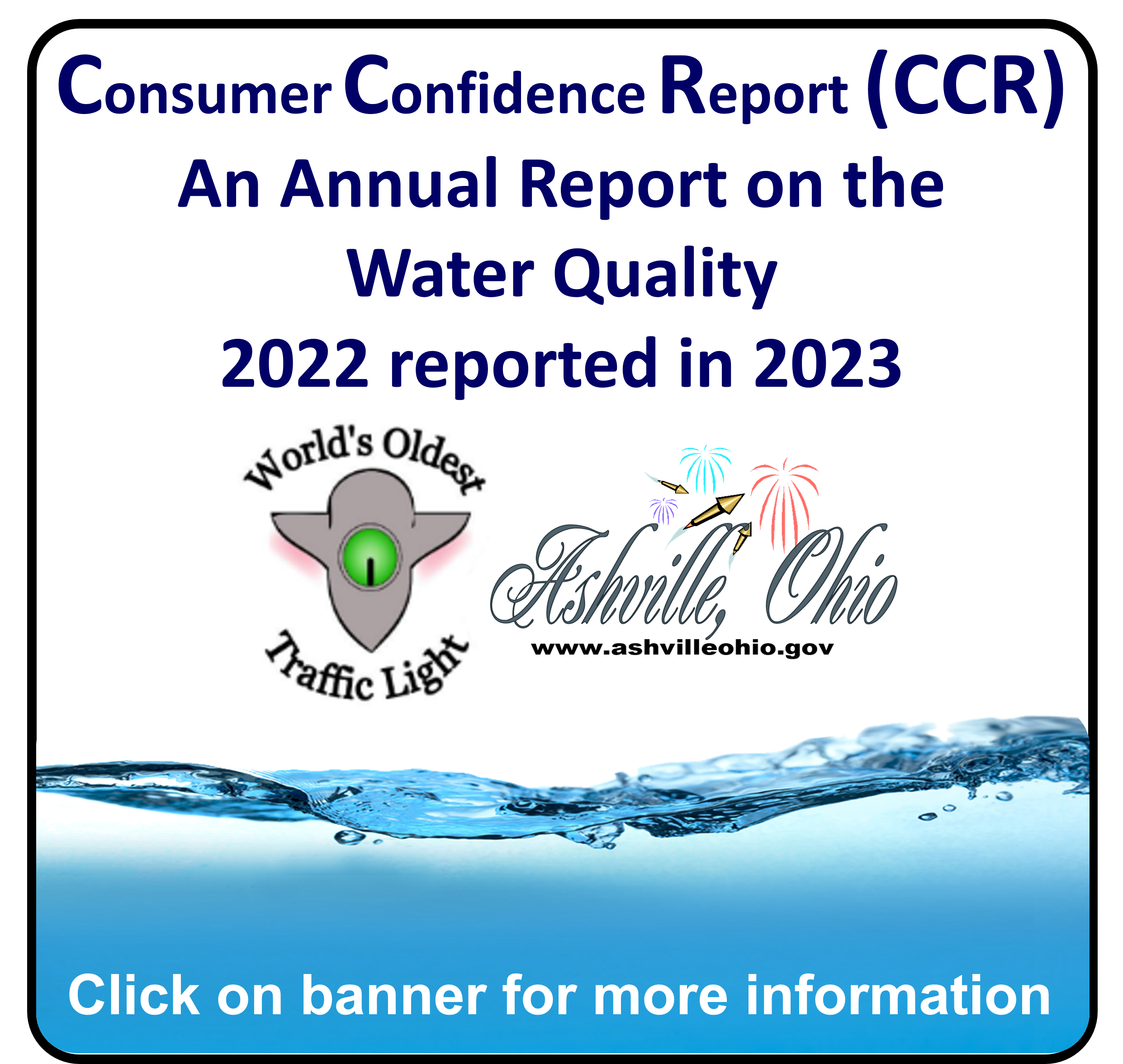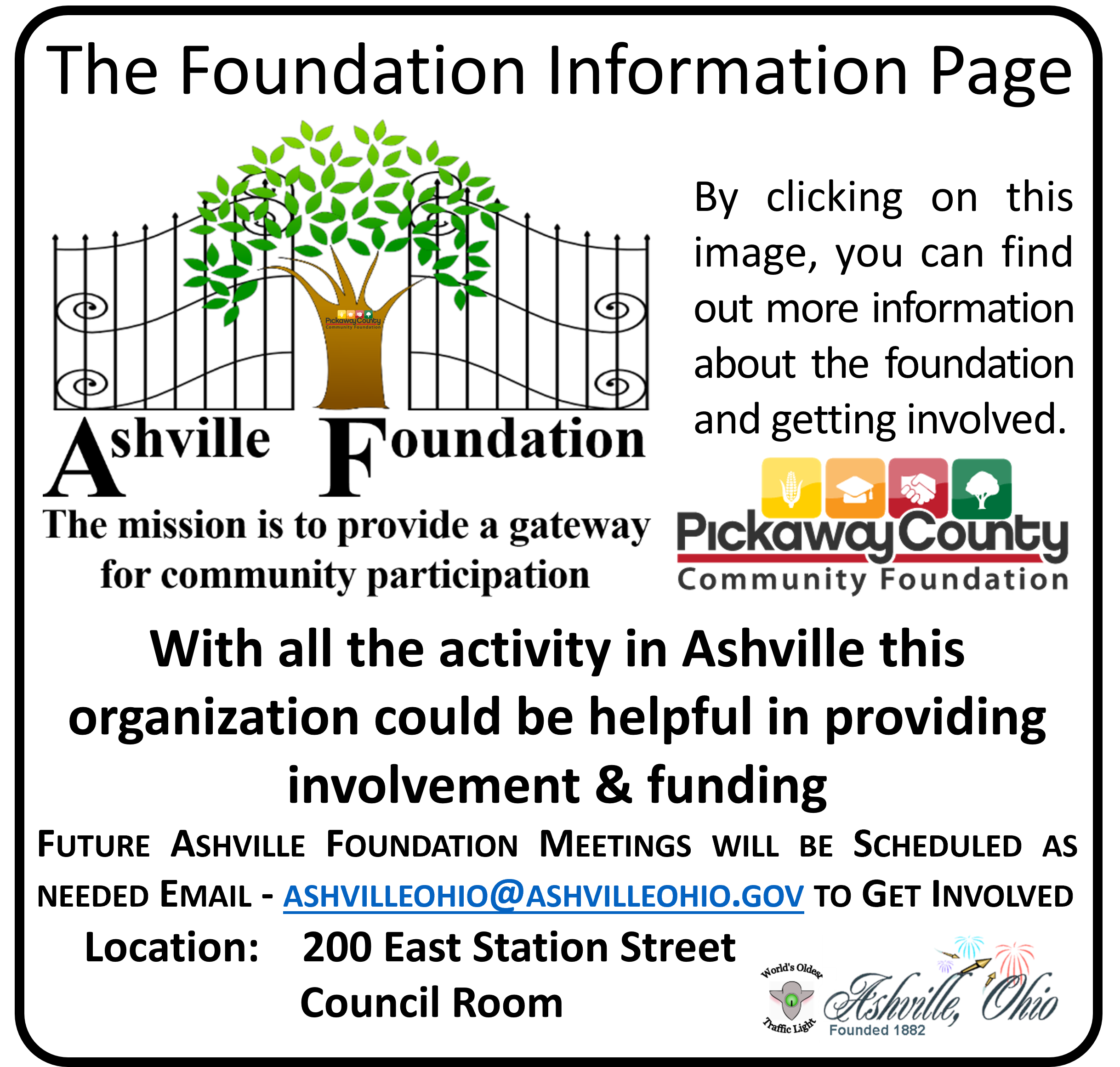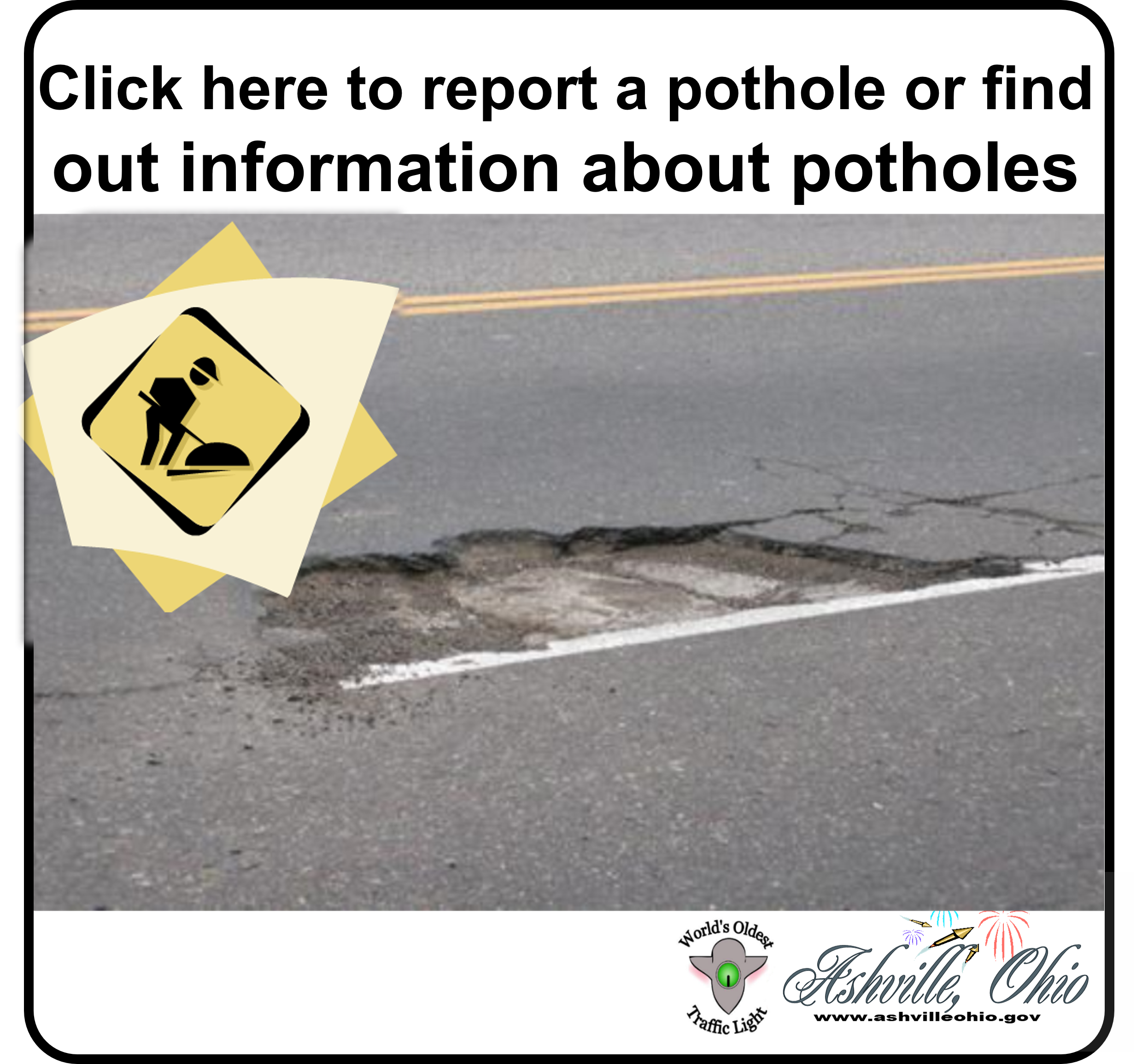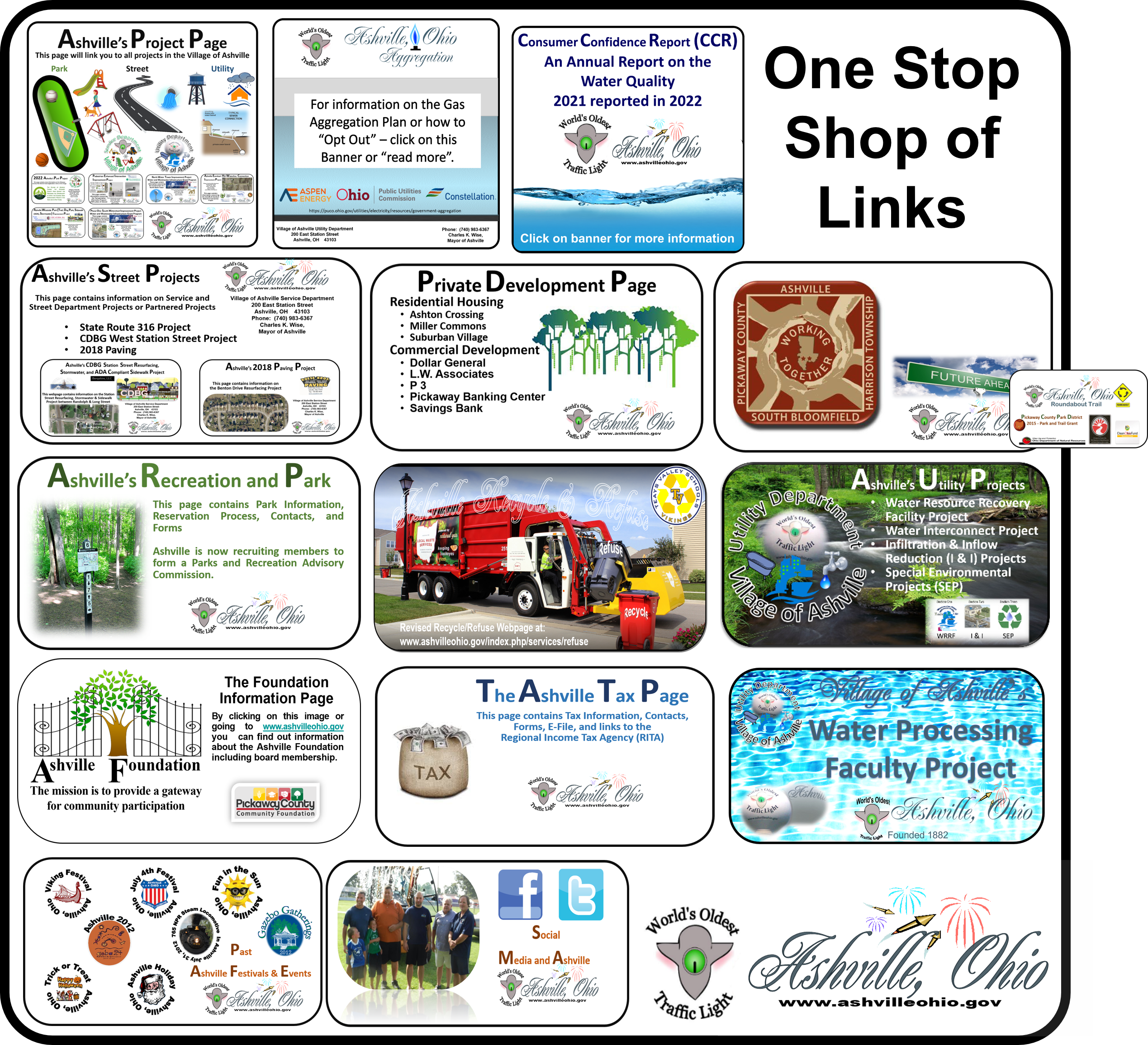Sanitary Sewer Overflows and What They Mean to Ashville
Sanitary sewer systems are meant to collect and transport all of the sewage that flows into them to a publicly owned treatment works (POTW). However, occasional unintentional discharges of raw sewage from municipal sanitary sewers occur in almost every system. These types of discharges are called sanitary sewer overflows (SSOs). SSOs have a variety of causes, including, but not limited to, severe weather, improper system operation, maintenance, and vandalism. The exact numbers of SSOs are not known but the EPA estimates that there are at least 40,000 SSOs each year. A survey of the Association of Metropolitan Sewerage Agencies indicates that many do not track SSOs and/or the results of existing SSOs.What are CSOs and SSOs?
Problems that can cause chronic SSOs include: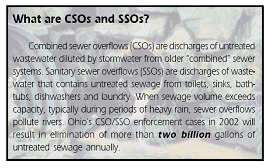
- Infiltration and Inflow (I & I): too much rainfall or snowmelt infiltrating through the ground into leaky sanitary sewers not designed to hold rainfall or to drain property, and excess water inflowing through roof drains connected to sewers, broken pipes, and/or badly connected sewer service lines
- Pipe Failures: blocked, broken or cracked pipes; tree roots grown into the sewer; sections of pipe (s) settle or shift so that pipe joints no longer match; and sediment and other materials accumulate causing pipes to break or collapse
- Equipment Failures: pump failures, power failures
- Sewer Service Connections: discharges occur at sewer service connections to houses and other buildings; some cities estimate that as much as 60% of overflows comes from the service lines
Historically, the village, like most municipalities, has had SSOs. The village is working with the OhioEPA in a proactive effort with the objective to remove all SSO’s. Through monitoring, we have investigated the impact of removing these SSOs. The primary reason there exists an SSO is water runoff during severe weather as described above involving I & I. To remove the SSO without investigating the SSO runs the risk of back up into basements that are upstream. From these investigations all but one SSO has been eliminated. We have one SSO that will be eliminated during the next wastewater plant expansion.
The village needs to address these issues even though they may be costly. Untreated sewage from overflows can contaminate waters causing serious water quality problems in Walnut Creek. It can also back-up into basements causing property damage and threatening public health. SSOs occur in almost every sewer system, even though systems are intended to collect and contain all the sewage that flows into them. When SSOs happen frequently, it means something is wrong with the system.
The response to this challenge varies considerably from state to state. Sanitary sewer collection systems are a valuable part of the nation's infrastructure. EPA estimates that our nation's sewers are worth a total of more than $1 trillion. The collection system of a single large municipality is an asset worth billions of dollars and that of a smaller city could cost many millions to replace. Sewer rehabilitation to reduce or eliminate SSOs can be expensive, but the cost must be weighed against the value of the collection system asset and the added cost of this asset if allowed to further deteriorate. Ongoing maintenance and rehabilitation adds value to the original investment by maintaining the system's capacity and extending its life.
 ssssfklsdjfk
ssssfklsdjfk